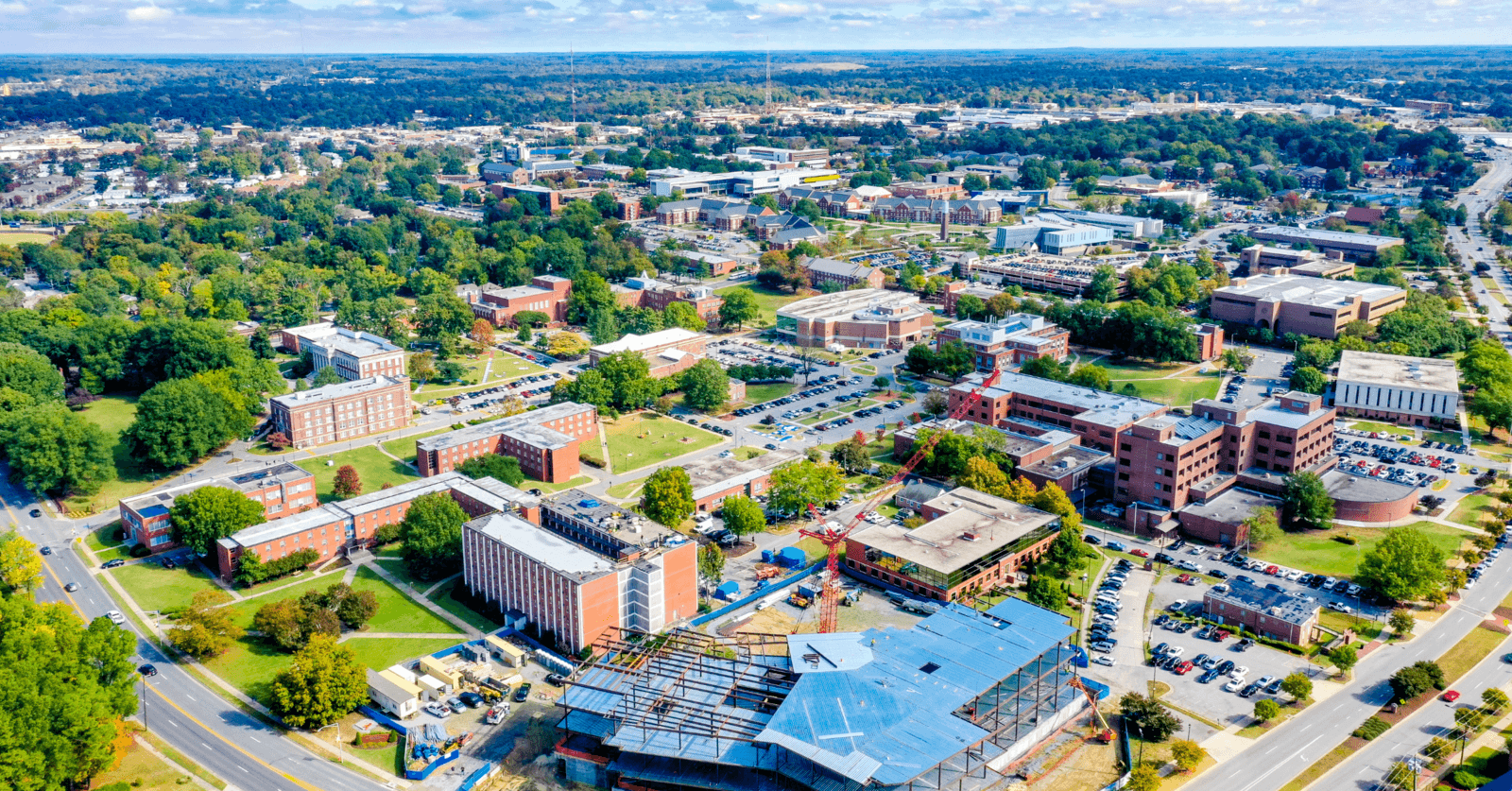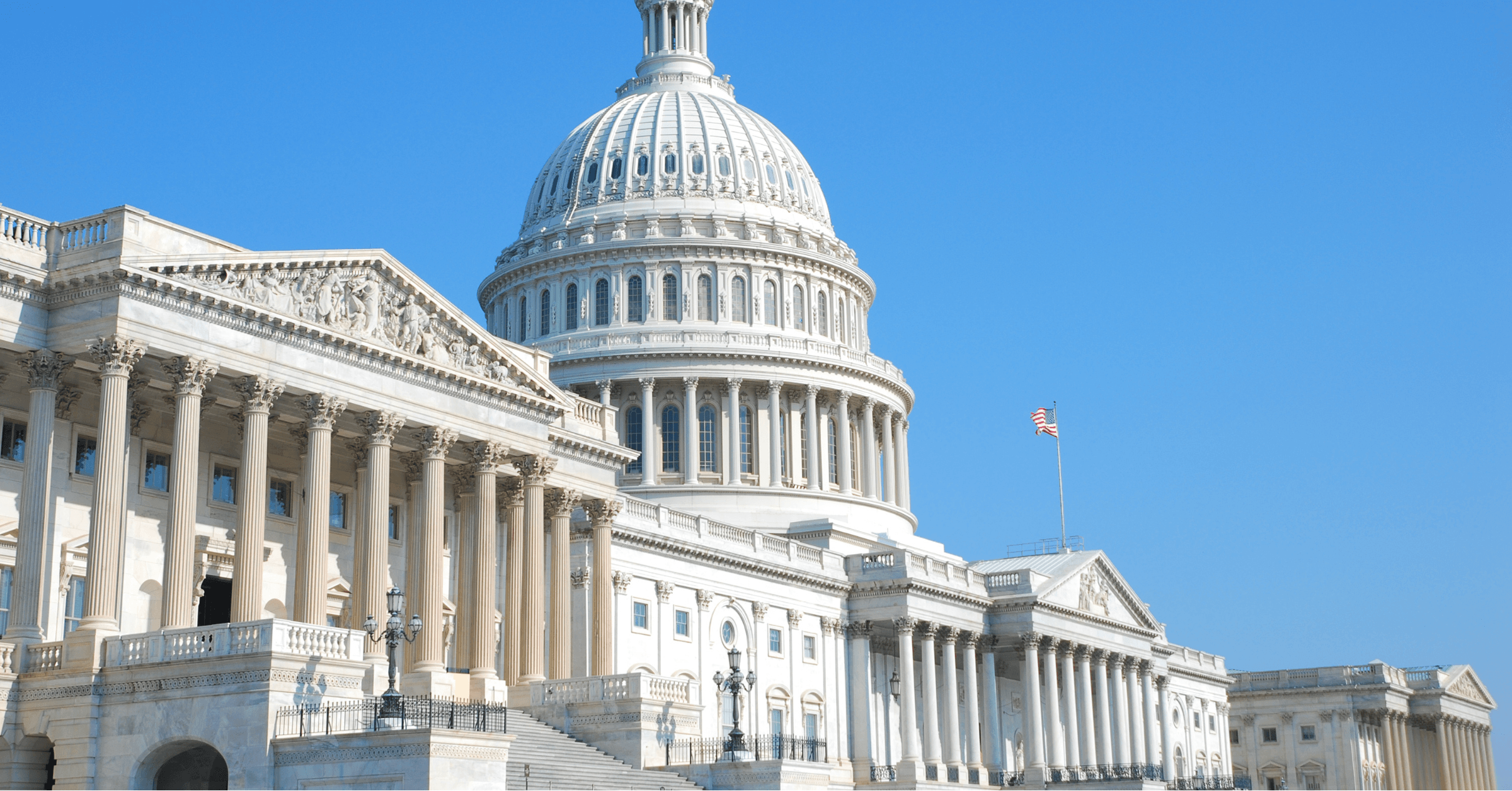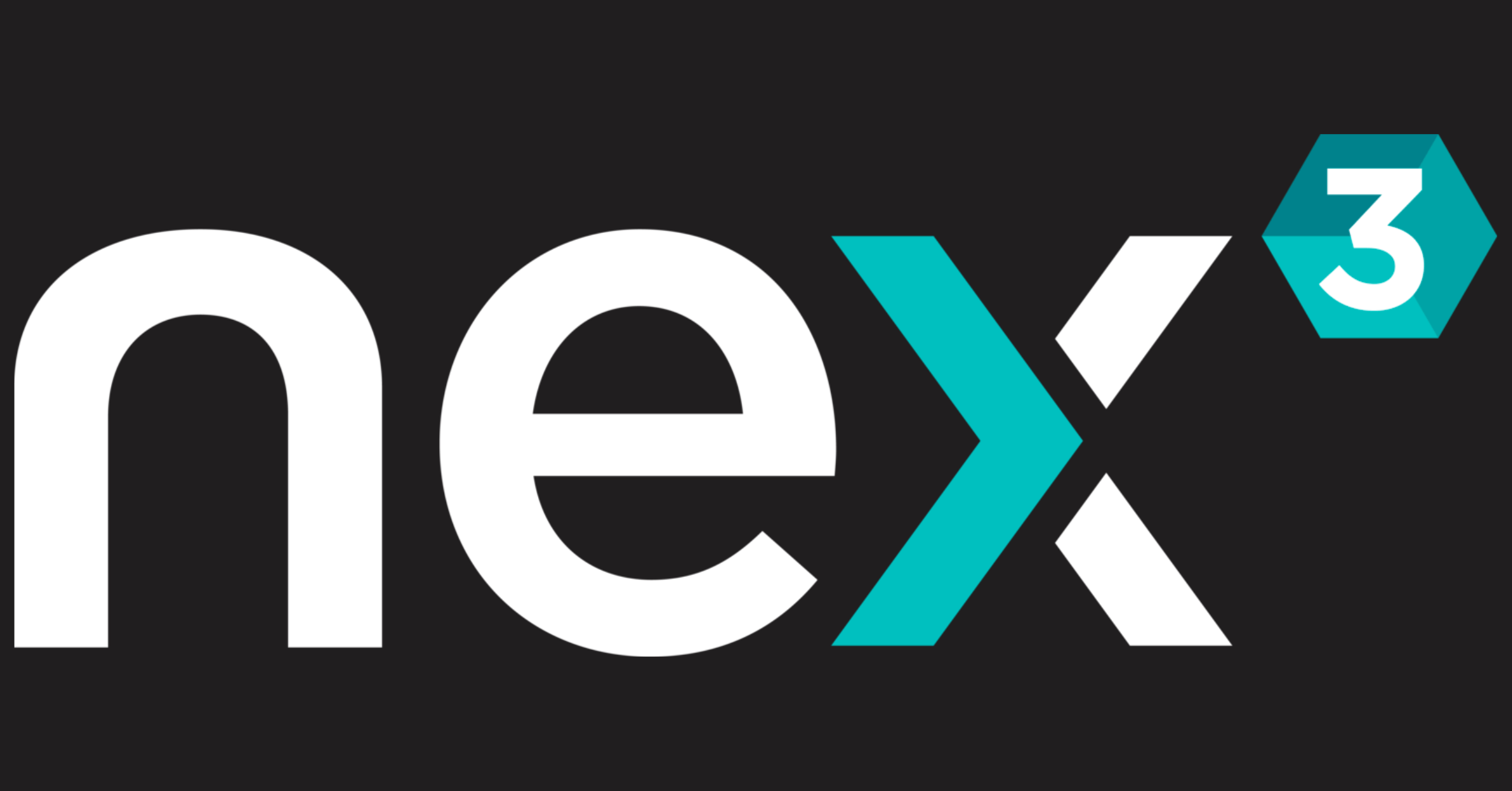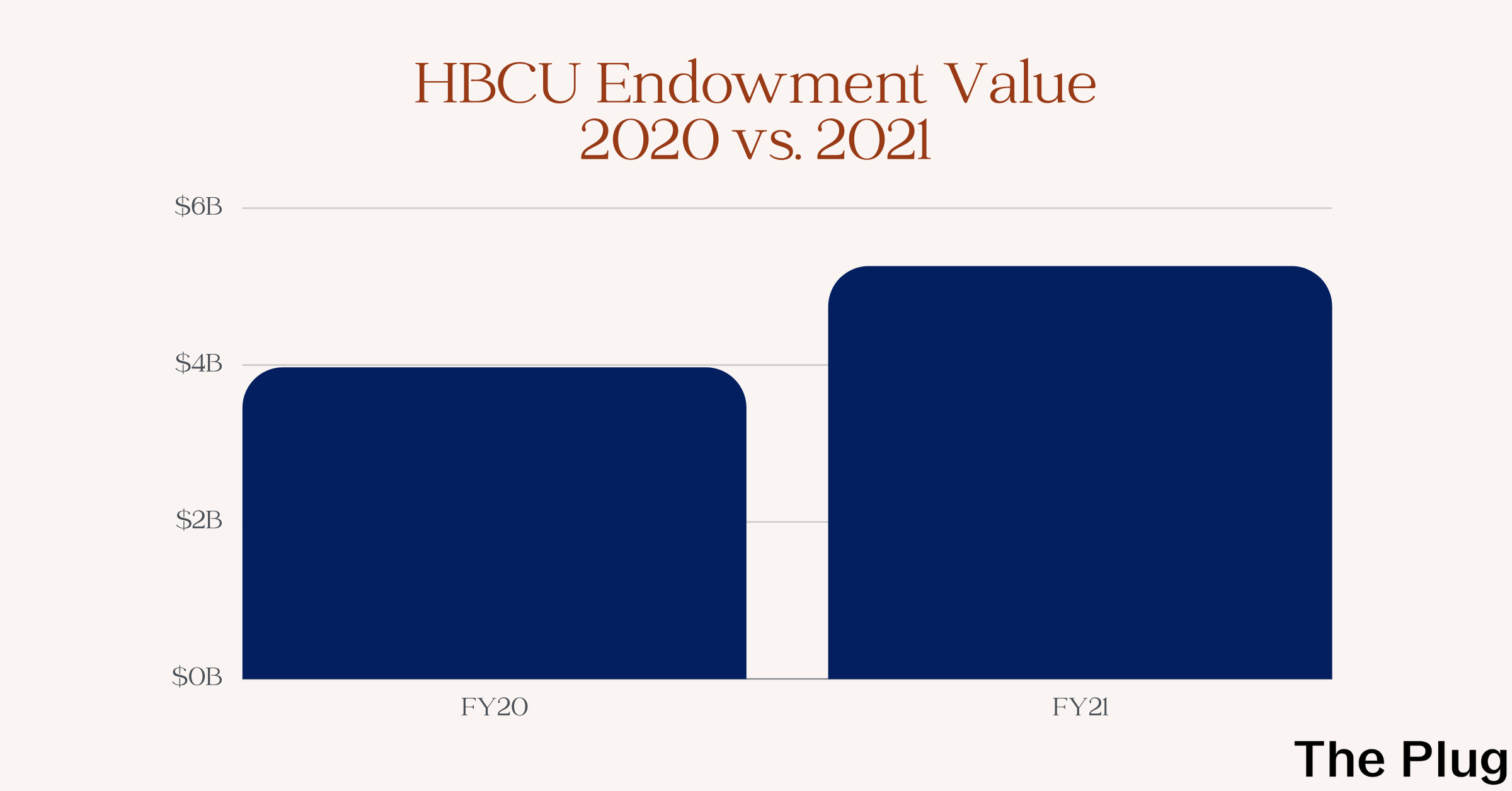KEY INSIGHTS
- A new data tool is framing value through an economic lens, looking at students’ median earnings 10 years after starting college
- Only three HBCUs produce graduates whose median earnings are at least as much as those of other college graduates in their state, but context matters
- Factors outside of HBCUs’ control, like labor market discrimination, can significantly impact students’ earnings
What is the value of a college education? It is an essential question everyone, from students to government officials, have asked for years but which has not always had a clear answer. Now, a new data tool from the Postsecondary Value Commission is framing the question through an economic lens by examining if a student’s median earnings 10 years after starting college meet certain thresholds. For some historically Black colleges and universities, the answer is often no — but context matters.
The Postsecondary Value Commission was launched in April 2019 by the Bill and Melinda Gates Foundation along with the Institute for Higher Education Policy (IHEP). At the beginning of November, they released the Equitable Value Explorer, a tool that shows how much value different higher education institutions offer.
With the pandemic, scrutiny on colleges has only intensified as students weigh not only finances, but health and safety, too. According to a June survey from Third Way and New America, two national think tanks, about two-thirds of college students think higher education is not worth the cost to students anymore.
HBCUs occupy a unique space within higher education. Founded on a mission to educate African Americans during a time when slavery or segregation were still legal, many still uphold the spirit of that mission by accepting more low-income and Black students than most other institutions.
The median acceptance rate of an HBCU is 86 percent and on average, more than two-thirds of their students receive Pell Grants, the federal program that gives grants to undergraduate students who display exceptional financial need.
But according to the Equitable Value Explorer, only 40 percent of HBCUs produce graduates whose median earnings are at least as much as a person with only a high school degree in their state, plus enough to recoup the total net cost of the degree within 10 years of starting college.
Of those, only three HBCUs — Spelman College, Xavier University of Louisiana and Albany State University — produce graduates whose median earnings are at least as much as those of other college graduates in their state.
Spelman and Xavier are also the only schools whose graduates’ earnings push them into the 60th to 80th income percentile of their state, at $49,625 and $52,581 respectively. These median earnings also put Spelman and Xavier students on par with the median income of white people in their state, adding another layer of economic value to their degrees.
But context is key — other factors outside of HBCUs’ control significantly impact students’ earnings, namely labor market discrimination.
“In thinking about institutional performance, we think it’s really important to consider history and the mission of different institutions as well as state policy and the financial support that different schools receive and local and regional labor market conditions,” Kim Dancy, research associate at IHEP, told The Plug.
“We also know that there are factors beyond institutions’ control. Labor market discrimination is the big one, but then other forms of structural racism and inequities in the K-12 system and inequities in financing and public funding for HBCUs and other [minority serving institutions].”
There are other tools that measure economic mobility, like The New York Times’ overall mobility index, which measures the likelihood that a student from a low-income family moved up two or more income quintiles as an adult.
Among nearly 400 selective public schools in the Times’ index, HBCUs make up almost half of the top 20: Grambling State University, Southern University and A&M College in Baton Rouge, Elizabeth City State University, Jackson State University, Lincoln University in Pennsylvania and Southern University in New Orleans.
Dillard University, Xavier University, Tuskegee University and Bethune-Cookman University were also ranked highly by The New York Times.
Of course, there are benefits to attending an HBCU other than income. Researchers at The Ohio State University found that attending an HBCU may protect Black students from health problems later in life, which the researchers theorized could be because students are not chronically exposed to racial discrimination while at school that erodes mental and physical health.
But the fact remains, as more students question whether higher education is worth it, HBCUs — like all other schools — have to make their case that the answer is “yes.”








